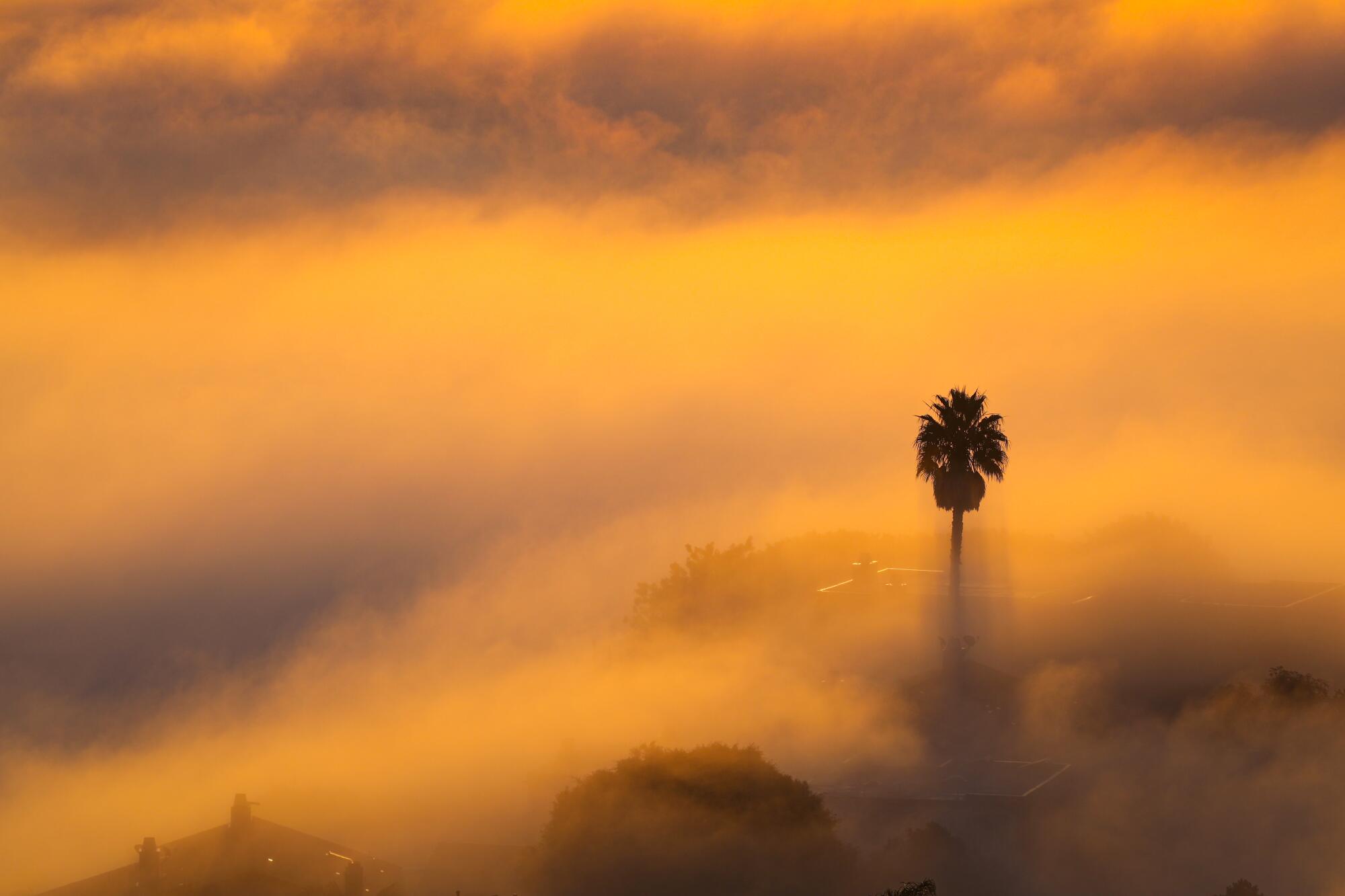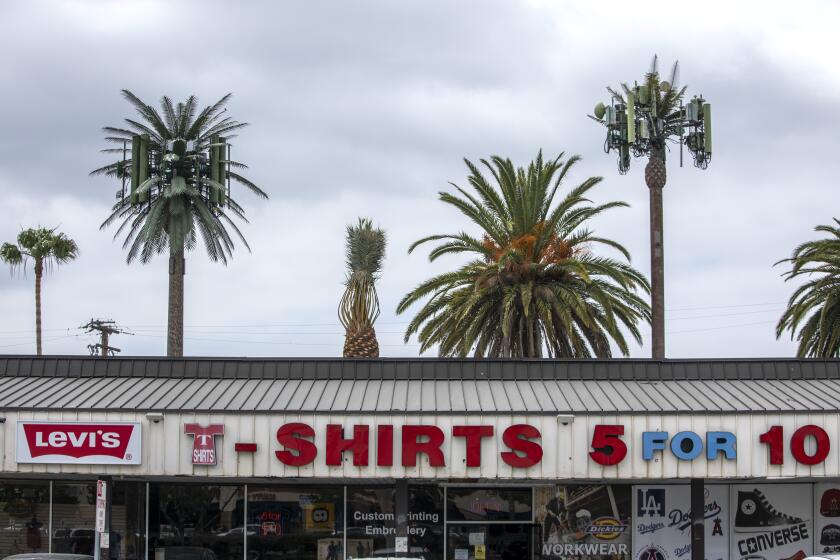Every July 4th, for most of the past decade, I log on to Twitter and start retweeting every photo and video I can find of palm trees accidentally set on fire by illegal fireworks.
As with most social media activity conducted compulsively and without regard to consequences, I would not describe my searchable record of commentary around palm trees and Independence Days as particularly intellectual or even especially moral.
July 2014: “RIP palm trees in LA, I’ll miss you”
July 2015: [Lacuna.]
July 2016: “DEATH TO PALM TREES. GOD BLESS AMERICA”
July 2017: “the palm trees died so we could live”
July 2018: “as a young child, I always dreamed of closely associating my personal identity/professional brand with palm tree fires. in Los Angeles, anything is possible”
July 2019: “Flaming palm tree: the official symbol of the city of Los Angeles.”
July 2020: “not ashamed to admit that the only reason I’ve downloaded the Citizen app is to detect L.A. palm tree fires”
Like anything done as a gag for too long, the schtick becomes associated with you, which I have mixed feelings about. I don’t particularly enjoy the thought of flaming palm trees. (I like trees, dislike destruction, value durability.) I also have mixed feelings about randomly retweeting internet strangers with small follower counts who post a photo of a tree fire, even when their captions are something like “fireworks caught the palm tree on fire lol” or “MY IDIOT NEIGHBORS CAUGHT THE TREE ON FIRE.” It’s generally pleasant to just hang out online and post random stuff until some horrible, surprising, controversial situation arises that centrally involves you, and lots of strangers are suddenly watching you closely with intense interest.
On Twitter, sometimes you’re the palm tree and sometimes you’re the fire.
But have you seen a palm tree on fire at night? It’s a fist of flame raised to the sky, raining sparks. It’s beautiful, sad, ironic, unnatural, memorable and dangerous. A lot like Los Angeles.
Cellular transmission towers that are made to look like trees now blanket L.A. But they don’t exactly blend in. So why all the effort to disguise them?
You can fully oppose palm tree fires while having a love/hate relationship with palm trees themselves, as Los Angeles has had for the last century.
Most L.A. palms, like most of L.A.’s peoples, are immigrants to this place, not native from the time of the Tongva, before the colonizers came. In the 1800s and 1900s, new Angelenos hauled in palms from elsewhere around the world, scrying in the fronds some reminder of the Mediterranean or the Asian brim of the Pacific, as Jared Farmer recounted in his book “Trees in Paradise.” (Even before Hollywood was Hollywood, many locals looked at Southern California and saw something else.) Once planted in neighborhoods and business districts around town — on public and private property alike — the decades crossed and palm trees stopped signifying everything else and started signifying L.A. itself.
But palm trees, when they are not being symbols, are kind of a problem to live with. Some people think they’re too tall, especially the spindly Mexican fan palms (Washingtonia robusta), which can reach 100 feet, towering over some low-slung buildings like they’re practically in low orbit. They don’t provide shade, which is a problem as the planet gets hotter and less friendly to human survival. Palm fronds can tear away and tumble toward pedestrians below; in the best-case scenario, when the frond doesn’t hit anyone or a car, it becomes litter.
Here’s one of the biggest moral cases against palm trees: Palm trees kill workers, mostly Latino tree trimmers, in some of the most horrible work-related accidents you could imagine. Here is a list of some of the victims and causes of palm tree worker deaths in the state, accumulated by the California Fatality Assessment and Control Evaluation program: Tree trimmer (Hispanic male) is electrocuted while trimming a palm tree, 2018; landscaper (Hispanic male) dies from asphyxia when compressed by palm fronds, 2016; two tree trimmers (Hispanic males) die when they are electrocuted while pollinating date palm trees, 2016; tree trimmer (Hispanic male) dies from asphyxia when compressed by palm fronds, 2012; tree trimmer (Hispanic male) dies when he is crushed by palm tree fronds, 2012; tree trimmer (Hispanic male) dies when he is crushed by palm tree branches, 2010.
Accidents are not unique to palm trees, but the dangers posed by palm fronds are. “What happens is the palms, when they get to a substantial size, 40, 50, 60 feet tall, the lower fronds stay attached to the trunk, but up above, that high, those fronds become interlocked,” says Jose Mercado, executive director and lead instructor of the Hispanic Arborist Assn. When tree trimmers climb the palm trunks and cut fronds from below, those fronds can suddenly slough downward and pin and suffocate the tree trimmer against the trunk. “It’s really tragic when fire departments can’t reach the victims.”
Mercado started his organization a few years ago with a friend after being disturbed by so many palm tree worker deaths. “We felt that there was just a great need for additional training in people’s native language, being Spanish for the most part.”
One reason so many workers need to do the highly dangerous work of trimming palm trees is because the dry fronds can be a big fire hazard. “Palm trees are a big threat, because many times they have big fronds, and tons of times they drop embers onto roofs in adjacent areas,” says Nicholas Prange, spokesman for the Los Angeles Fire Department.
In Southern California Edison’s wildfire mitigation plan from February, the utility identified 80,000 palm trees in the region that posed a problem to its operations: “(1) the palm is a major driver of emergent work and outages (e.g., palm fronds drop onto primary wire); (2) the palm represents a wildfire threat, as dead palm fronds are highly flammable and are easily blown long distances by winds; and (3) the palm is fast-growing (upwards) and may require multiple trims per year to maintain compliance.” In other words, palm trees knock out your power, start fires that threaten your home, and they’re a huge pain to take care of even when they’re not doing any of those things.
The utility estimated about 40% of the palms required workers climb them to trim. Eventually, it said, trees near power lines would simply need to be removed. “However,” the report added, “customers have proven to be very resistant to removals.” Even when palm trees are killing us, it’s hard to live without them.
On my edge of Koreatown, the skyline outside my kitchen window is dominated by rows upon rows of fan palms that line the streets, towering over beige apartment rooftops. I can tell where an intersection is because crisscrossing rows of fronds make the shape of a cruciform in the air. They look good on Instagram.
When the Santa Ana winds come crashing in evilly, the fronds rustle in protest and sometimes become projectiles, but in a way, it feels nice to be warned of changing conditions. I also know this: For the year I was confined by this window by the COVID-19 pandemic, including that grim December when almost all I could hear were ambulance sirens, the never-ending view outside would have been far lonelier without the palms around.
Which brings us back to July 4th. When illegal fireworks light palm trees on fire, it’s a meeting of two things that, for the sake of human health and safety, maybe shouldn’t be here. Firework palm tree fires happen because of our own frailties. When they do, we can’t help but stare at this unnatural symbol of home, of us, being beautiful and terrible.

More to Read
The biggest entertainment stories
Get our big stories about Hollywood, film, television, music, arts, culture and more right in your inbox as soon as they publish.
You may occasionally receive promotional content from the Los Angeles Times.












